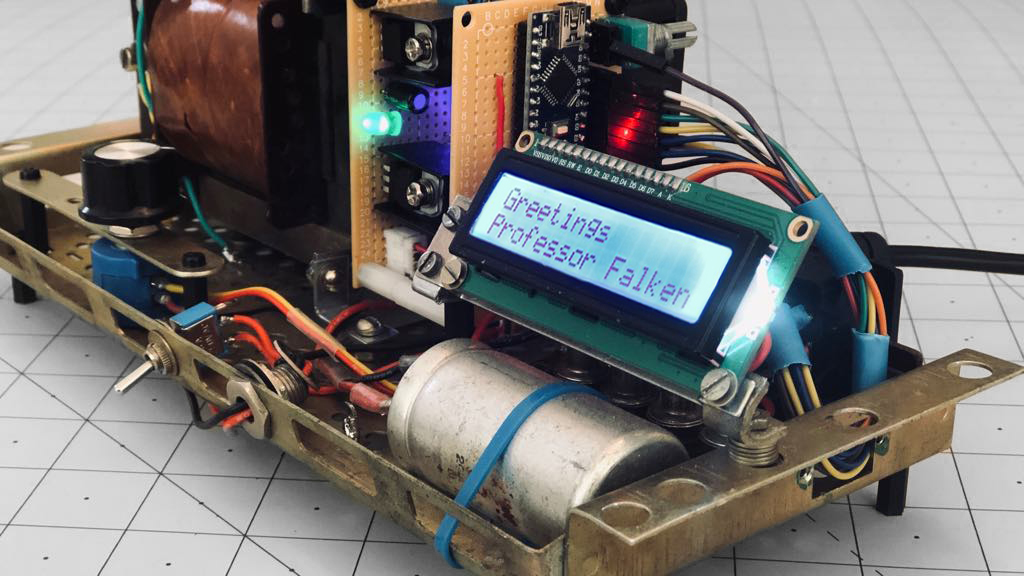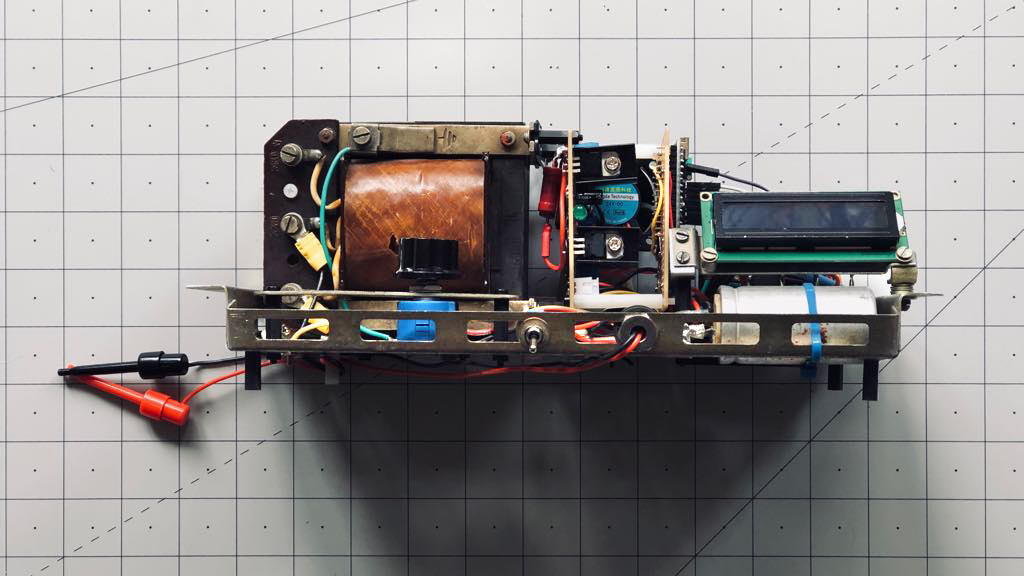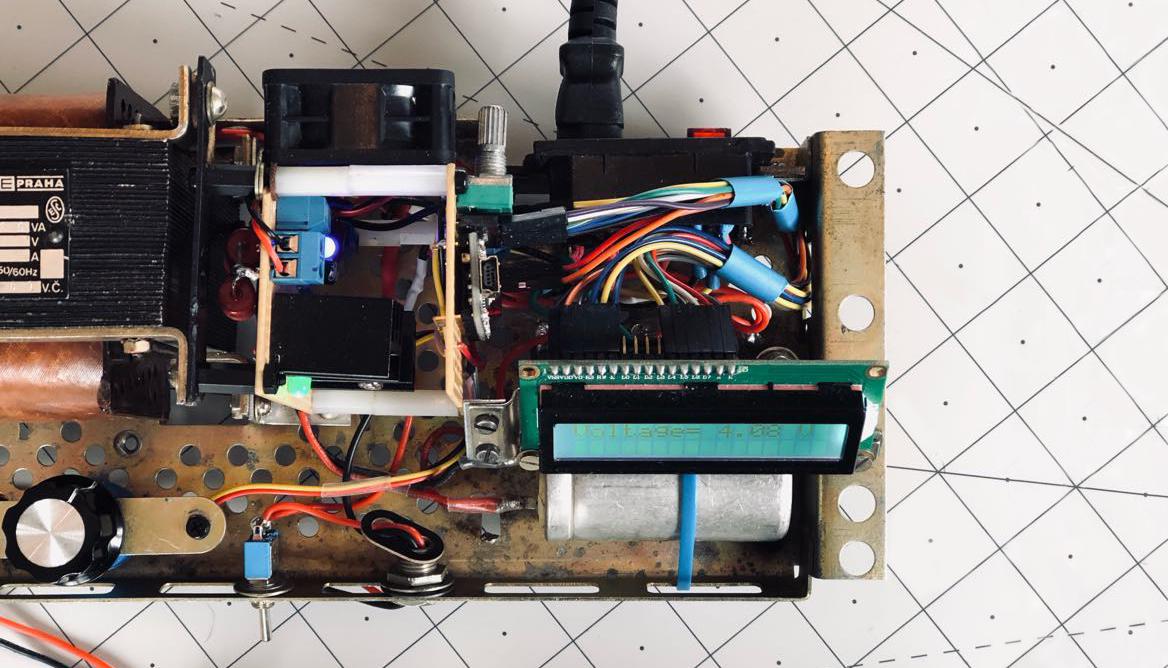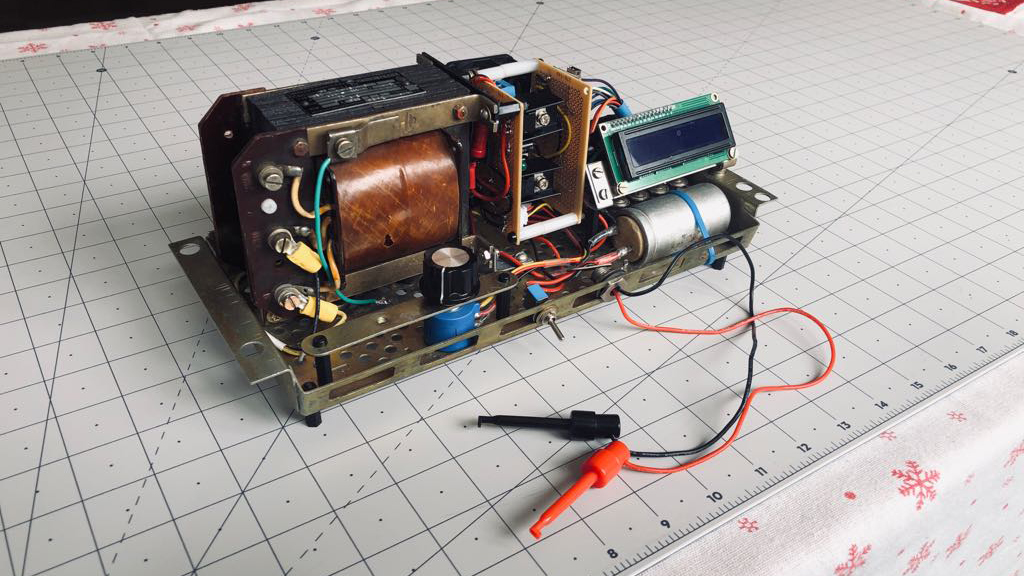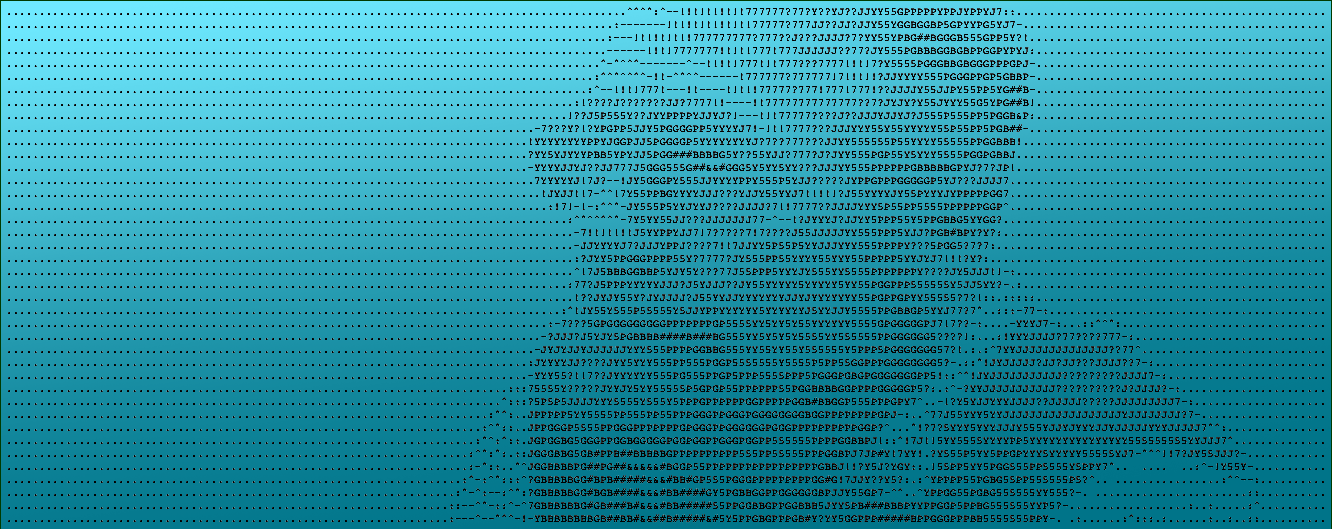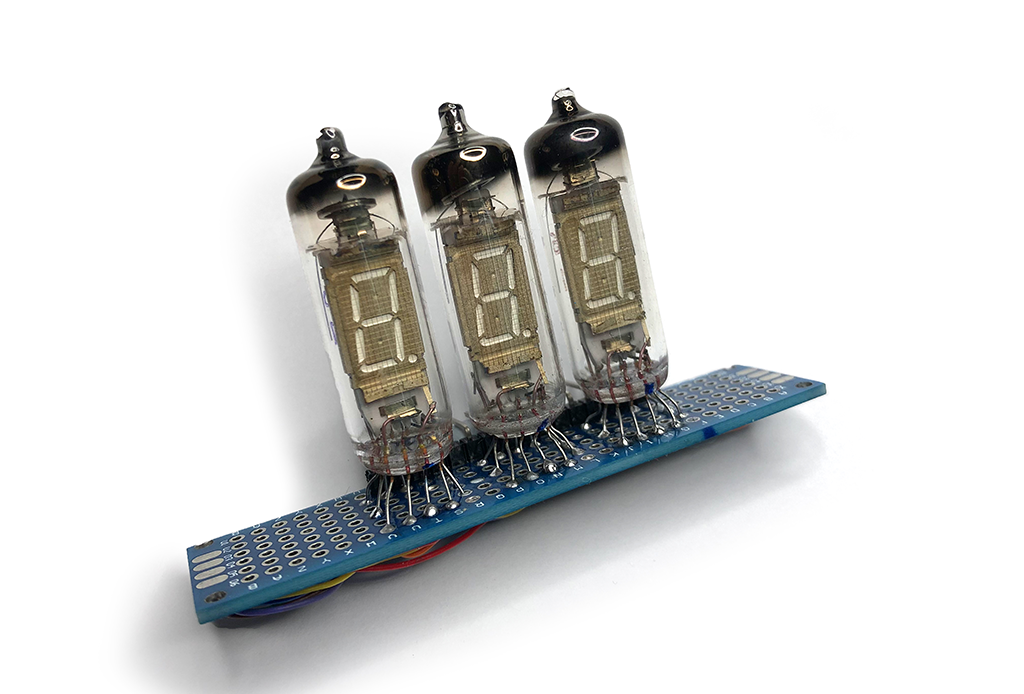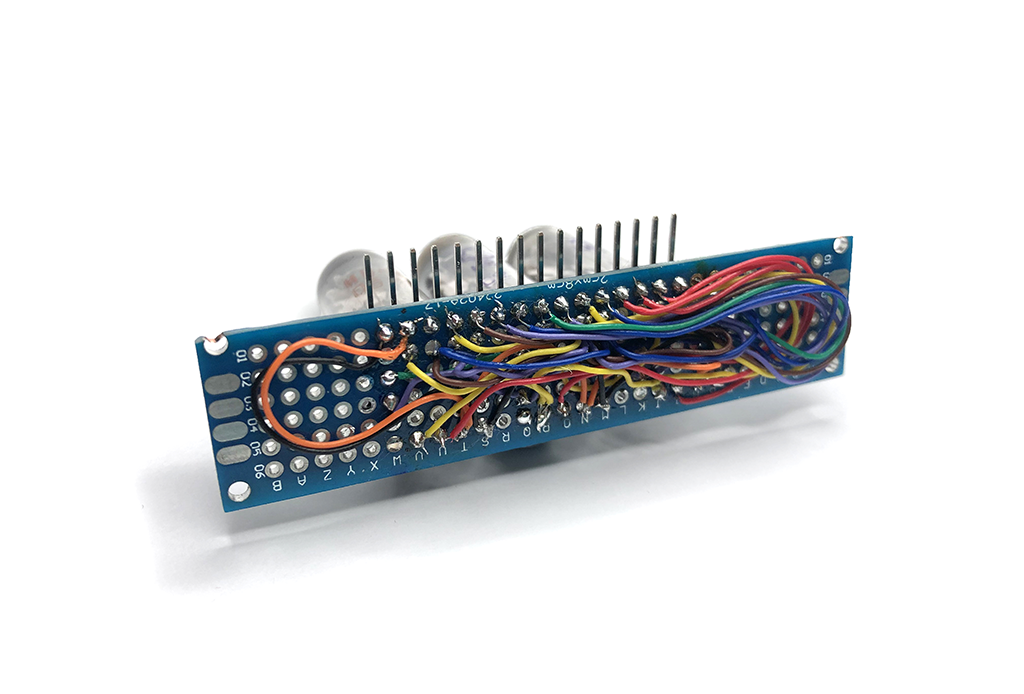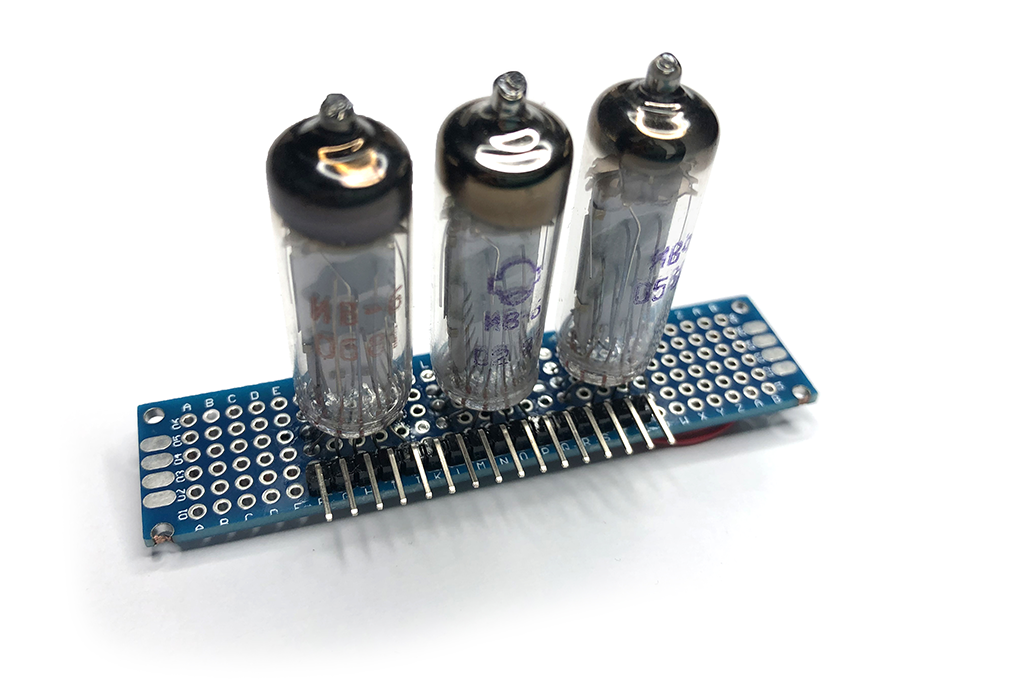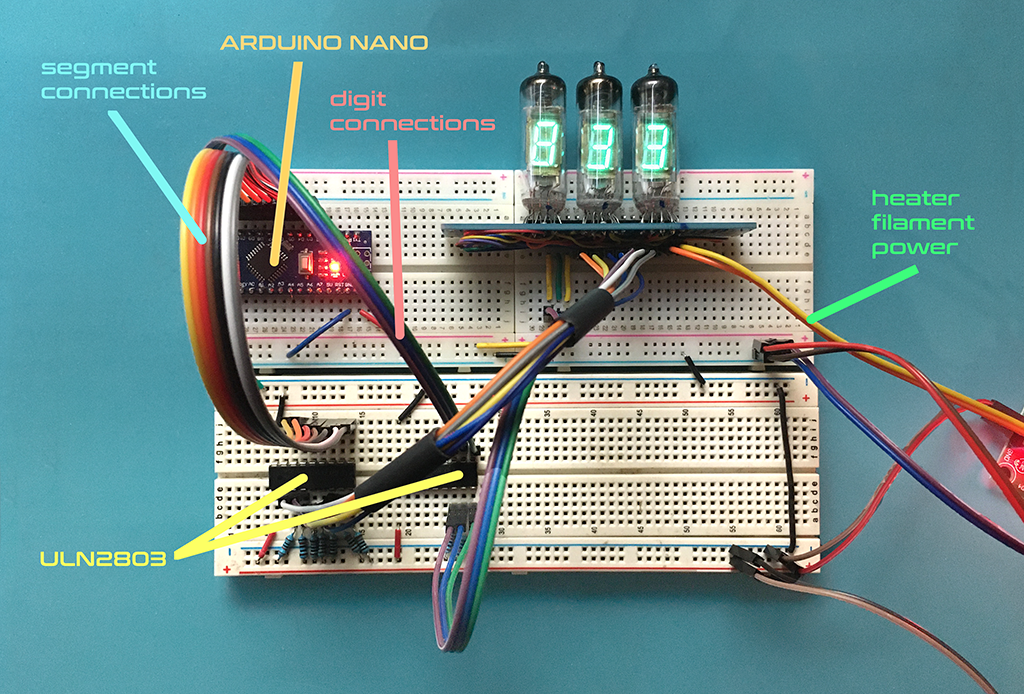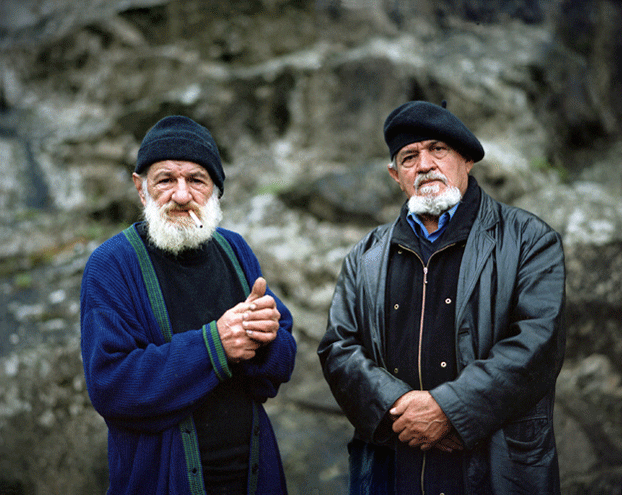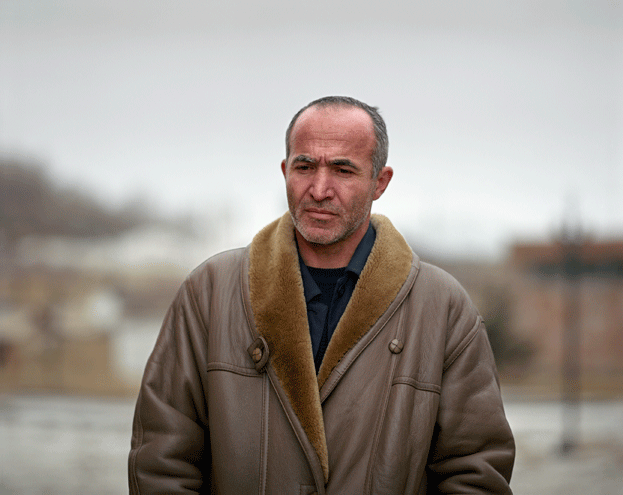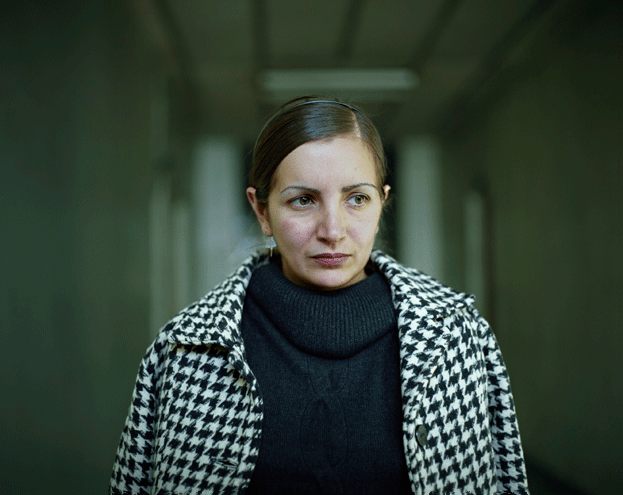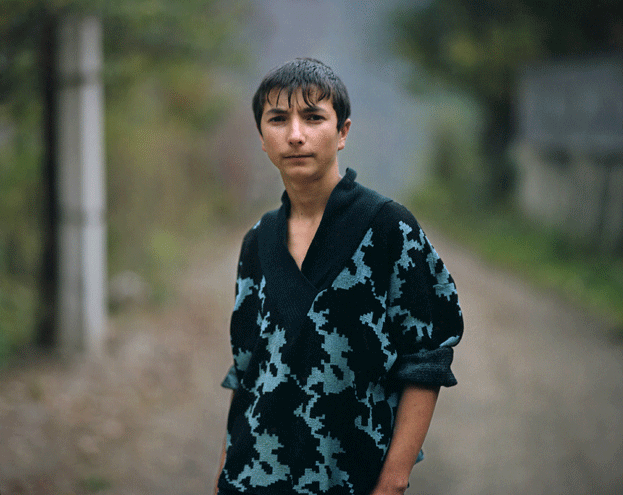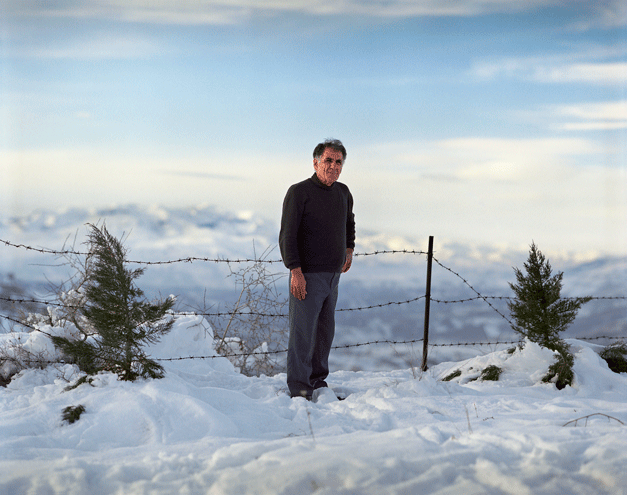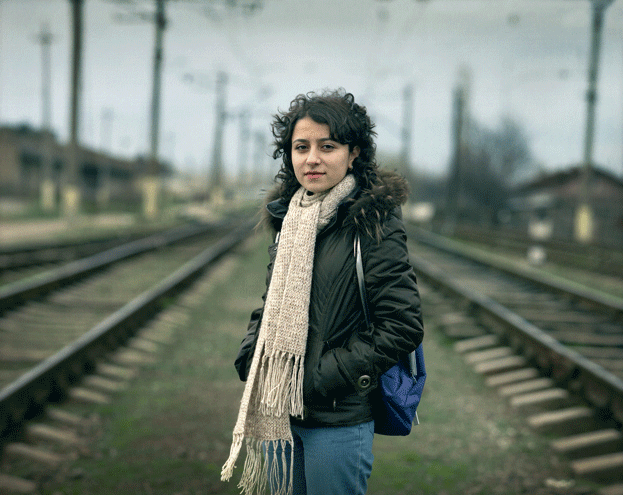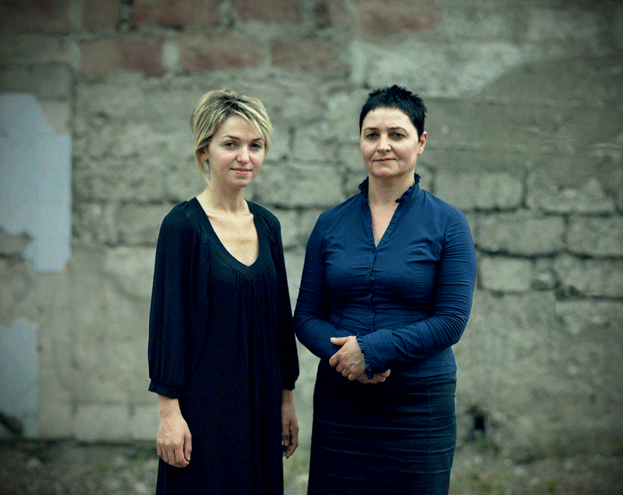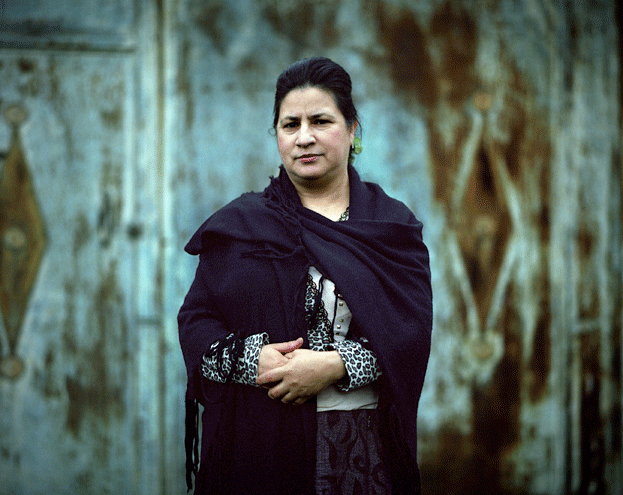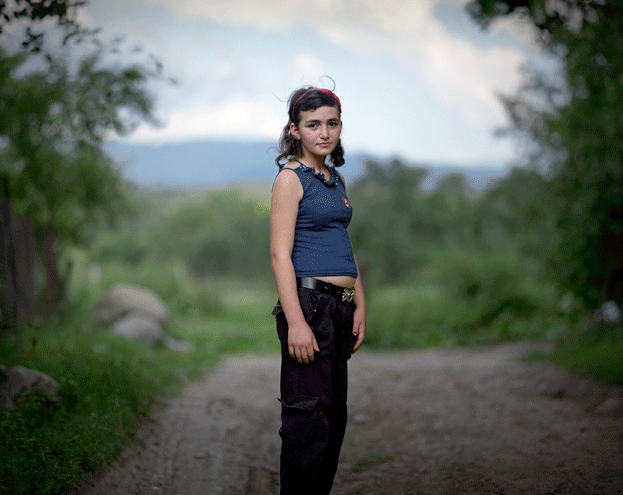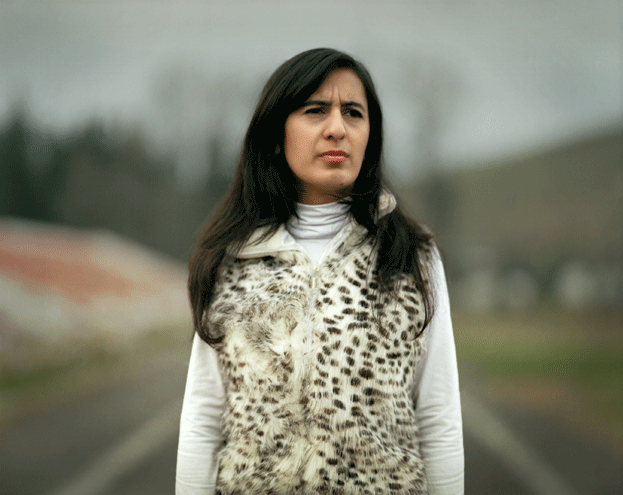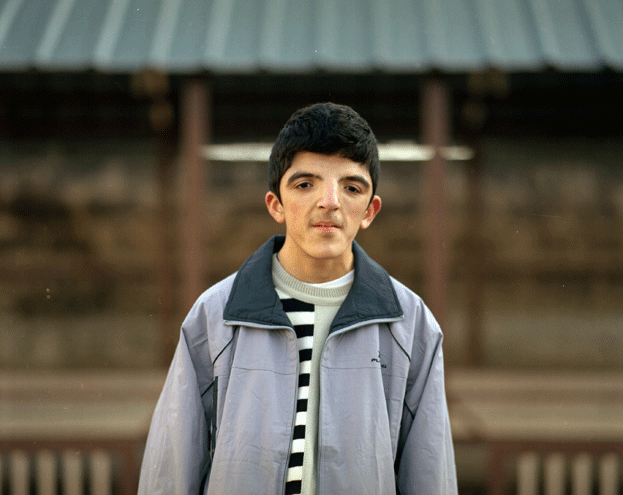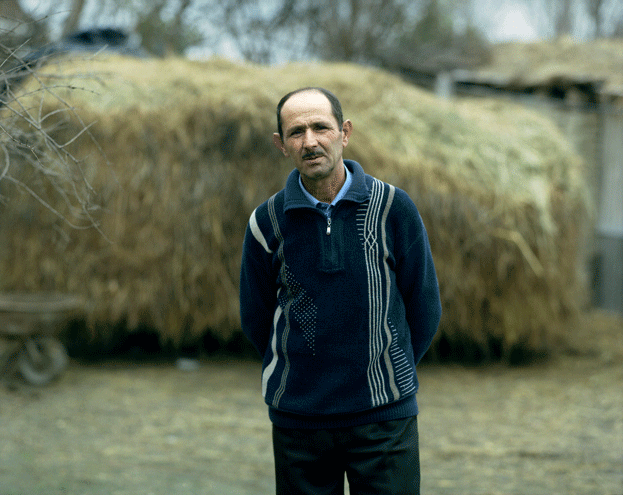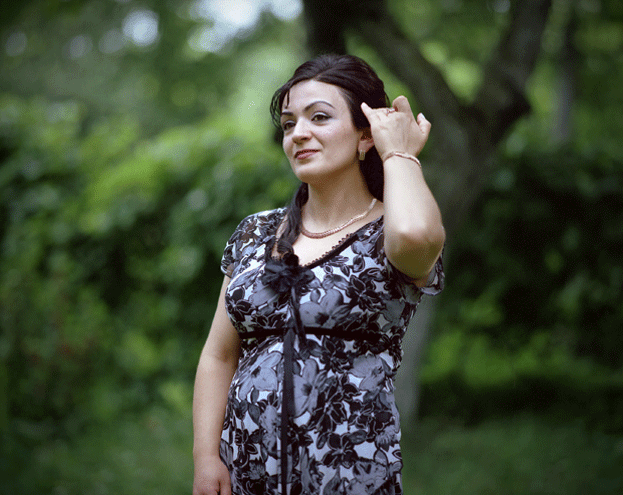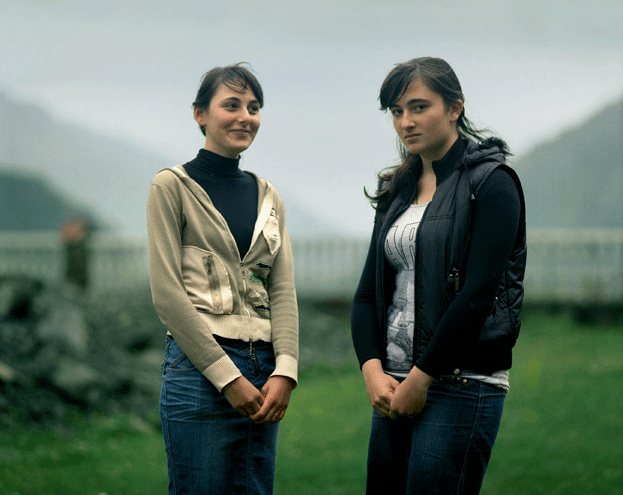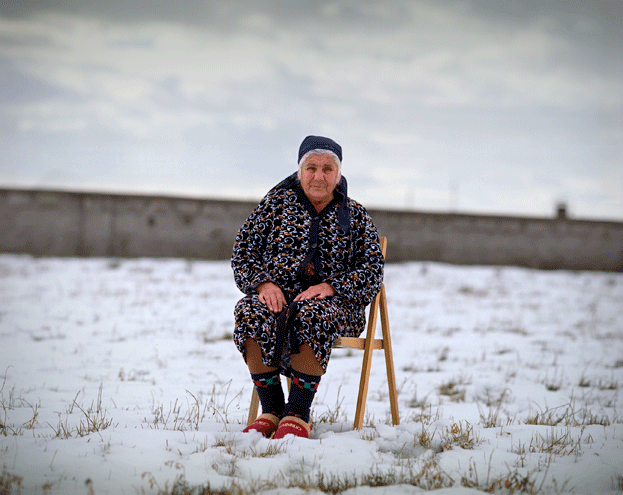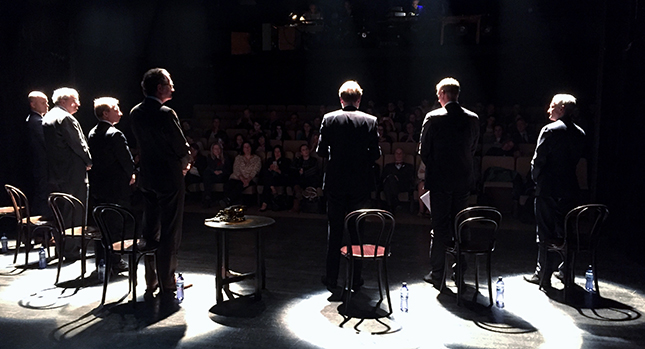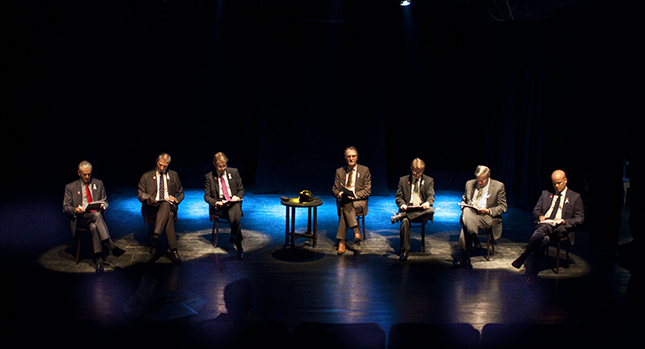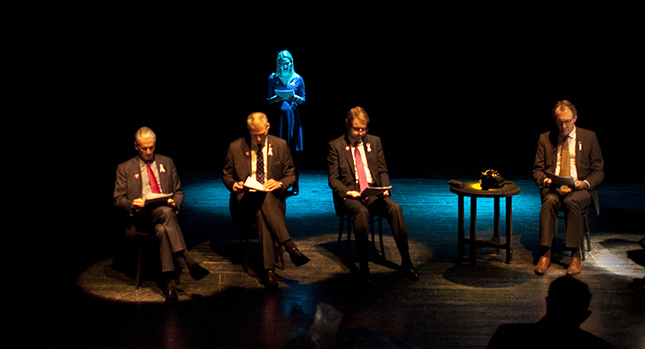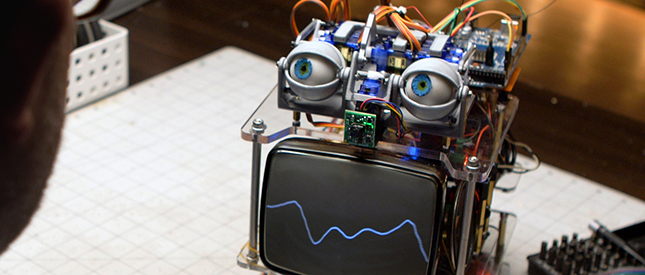
When I was a kid in the 1980s, the future wasn't going to be just a world of computers, it was going to be a world of computer creatures. It was R2D2, and Johnny 5, and Max from Flight of the Navigator. These guys had personality, they had soul. They were going to be our friends, our sidekicks, even our pets.
Fast-forward to today, and the future feels like it's finally here. Many of us already have some sort of virtual assistant in our home that talks to us, that answers our questions, that helps us get through the day. But this amazing device doesn't look anything like the computer creatures we dreamed about as kids.
So for this project I took a boring Amazon Echo device, added some animatronics, added an old CRT screen, and tried to make this machine feel a bit more . . . alive!
Check out the project write-up on Arduino's official blog, and the build notes over on the project's Hackaday page.
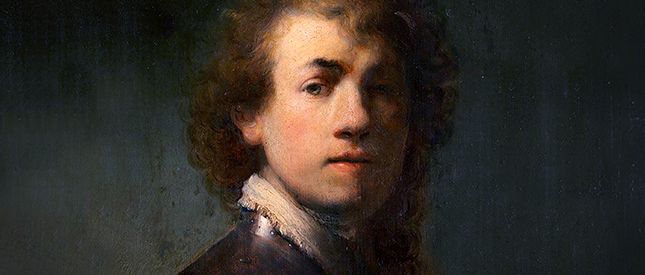
After ten years living in Eastern Europe, our family decided to move back to the United States. This was a crazy period in our lives: among the thousands of things to do for this move, we had to bid farewell to my long-time workshop in Tbilisi and open a new workshop in Massachusetts. And we rescued a forgotton robot along the way!
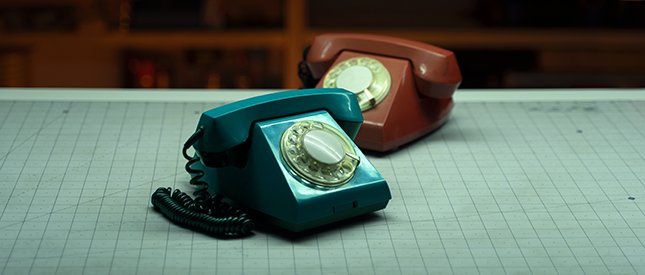
Design & assembly
Our family used to run a small computer repair business in Tbilisi, Georgia. In the summer months we prefered to meet with clients at a table under a canopy of grape vines in our courtyard. This was a wonderful set-up, but there was a problem: there was no way to communicate between the table in the courtyard and our workshop upstairs. So if I needed a tool, or to print paperwork, I had to either yell at the window for my wife, or leave the table and go upstairs. I love the look of vintage Soviet rotary telephones, so I built this analog intercom system to facilitate better communication. When one receiver is picked up, the other phone rings. When both receivers are raised, you can communicate normally via the line that connects them. A fun project, and something we used every day at our shop.
Check out the full build on Hackster.io!
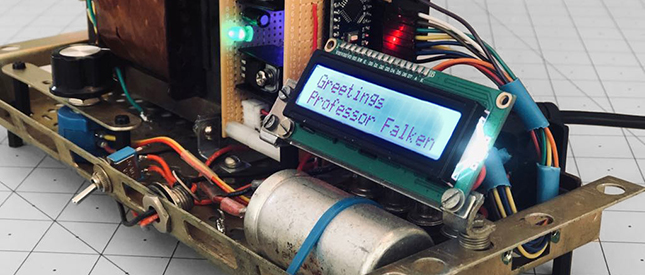
This project marked the beginning of a new chapter in my creative practice.
I needed an adjustable power supply for my workbench, but I wanted something that felt like a character in the story of my life, not just a piece of equipment. Assembled from an Arduino Nano and parts from a 1975 Soviet television, this was my first major build—the culmination of many months of study and many failures along the way. Creating an object that users could physically operate to solve a problem is such a rewarding experience. As I shifted from my media practice to electronics, it felt like the door to a new creative universe had opened.
Check out more of my builds and vintage tech restorations on YouTube!
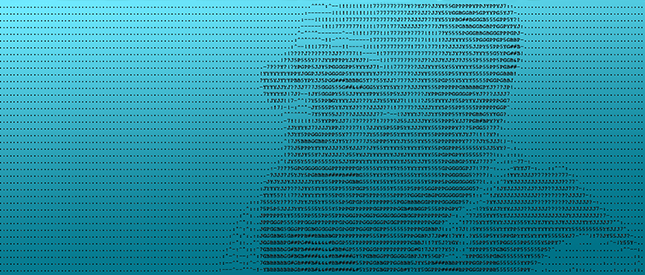
At the height of the pandemic I took a programming course at Portland Community College: "Introduction to Programming in C". For our capstone project, my partner Danny and I had the ambitious idea to write a program that would run Dijkstra's algorithm in a randomly-generated maze environment. (Dijkstra's algorithm is a method for finding the shortest paths between points in a graph, such as road networks.) Limited to a text-only format, we decided to embrace an ASCII image interface not unlike the dial-up bulletin boards and early text-based adventure games of the 1980s. Bascially we were creating a text-only graphical user interface, and to do this it felt like we were operating on the outer frontiers of what is possible to achieve in C. In the end we were not able to get the algorithm working properly, primaily due to the data transfer limitations of the school's servers that we were required to use, but I'm proud of the project nonetheless. I learned a ton about programming and creating a user experience with very limited graphical resources.
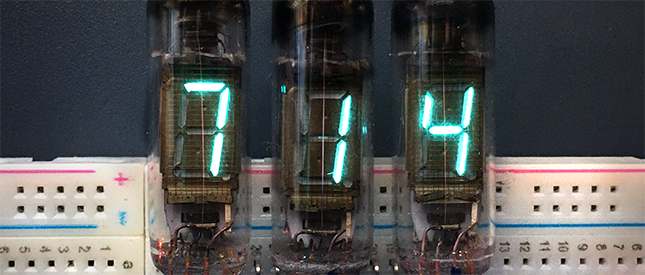
I've had a handful of Soviet-made IV-6 (ИВ-6) tubes sitting around my workshop for years, mostly because I love the analog feel of their electric-cyan glow. It takes me back to all the electronics from my childhood. When I recently started a project to restore a Soviet-made variable transformer, I realized they would be perfect for the display. I learned a ton about multiplexing and transistor arrays on this build, and now that I've climbed the mountain, I've a got a simple, compact toolkit for incporporating VFDs into future projects.
Check out the full build notes on Hackster.io!
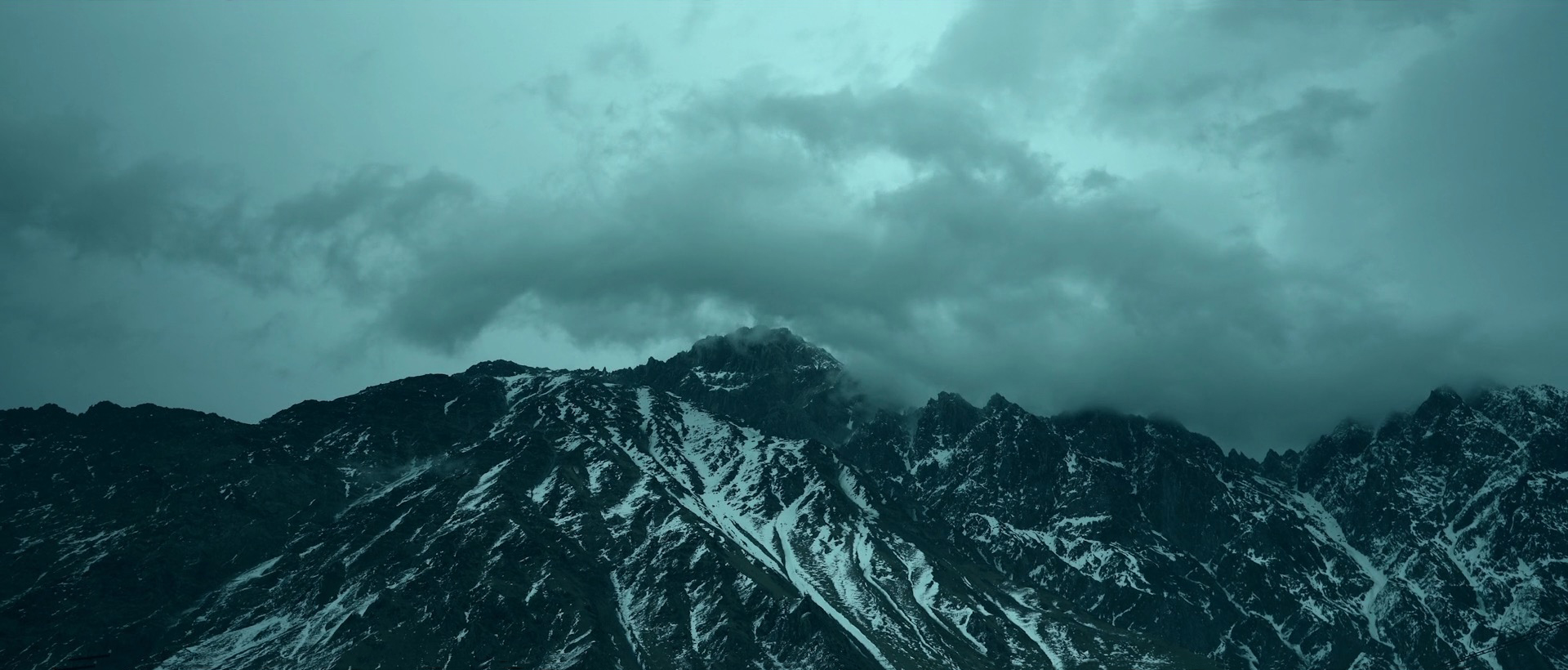
Director & editor: Thomas Burns
Director of Photography: Dmytro Rusanov
In 2020 I was commissioned to direct this short film about a collaboration between a fashion designer and a photographer in Tbilisi, Georgia. My goal was not to tell the story of their project, but rather to construct for the viewer the world that they inhabit in their creative practice. To do this I sought to portray a hypothetical civilization built around the vision and taste of these two creators. We filmed over eight days in and around Tbilisi, and in the mountains several hours to the north.
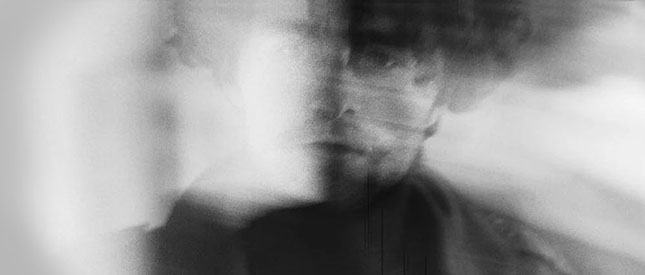
Directed by Thomas Burns & Andrei Kovalev
advertising
The Paris publishing house Éditions du Seuil commissioned us to create a piece to celebrate the launch of Sven Hansen-Love's new novel, Un Emploi Sur Mesure. Inspired by the visual styles of directors Wong Kar-wai and Tony Scott, we created this poem as a tribute to the process of creation. We shot it all in one day on 35mm B/W film stock, which was then processed in Prague, scanned in Moscow, and edited in Tbilisi.
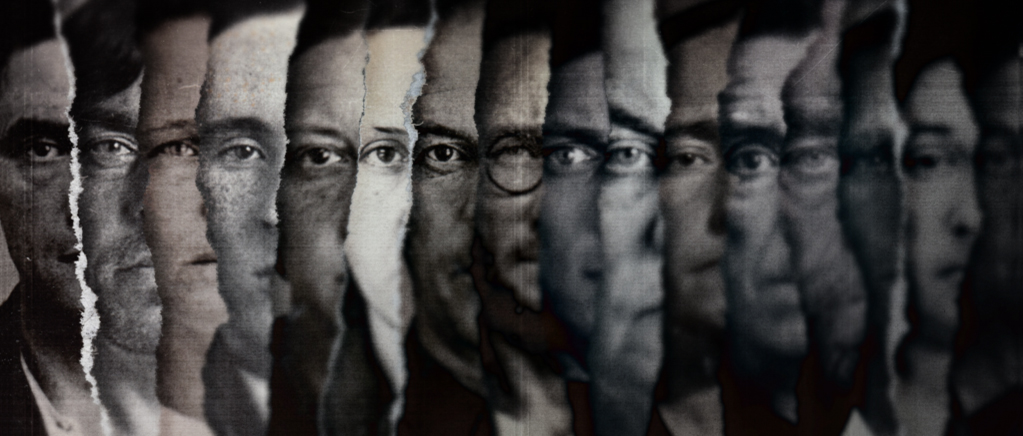
Executive producer: Thomas Burns
Series producer: Katia Patin
Animation by Gogi Kamushadze
While I was working as the creative director at Coda Story we launched this series to counter the Russian government's efforts to erase the history of the Soviet Gulag, a system of fear and forced labor camps that imprisoned or exiled over 28 million people in the Soviet Union. The series is built around the first-person testimony of Gulag survivors, using animation and archival footage to relive their stories.
Honorable mention, 2020 Webby Awards
Official selection, The Atlantic Selects
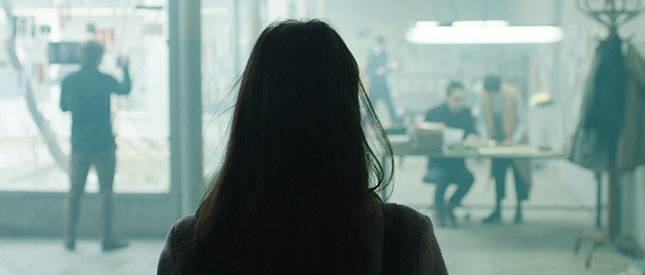
Client: N-ost
Directed by Thomas Burns
advertising
Short list, Best Directing, Kyiv International Advertising Festival
The brief called for a piece that conveyed the global importance of investigative journalism and the often extreme risks that journalists face in their work. I generally loathe voiceover narration as it rarely meets expectations, but with this piece I needed to situate contemporary journalism within a larger historical narrative. Rather than write a script and record a voiceover artist, I decided instead to research recordings of famous speeches. Over the course of several weeks, with help from archivists at the John F. Kennedy Presidential Library, I assembled a series of exerpts from Kennedy's speeches to fit the project at hand.
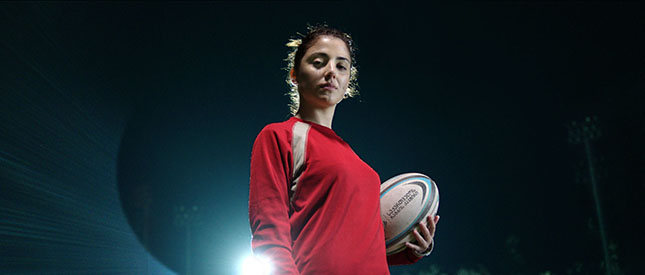
Agency: McCann Tbilisi
Client: UN Women
Directed by Thomas Burns
advertising
I was brought on by McCann Tbilisi to direct this spot for the United Nation's HeForShe campaign. A one night shoot at a rugby field in Tbilisi, Georgia.
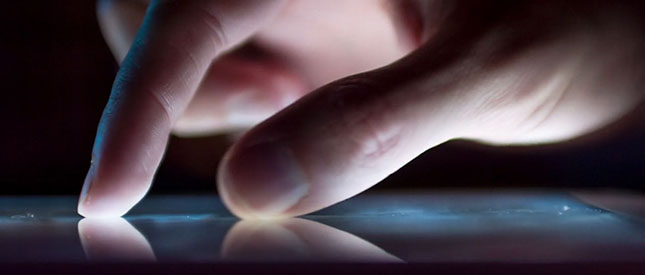
Director: Thomas Burns
Animation / VFX: Gogi Kamushadze
promotional
I produced this short trailer while working as the creative director at Coda Story to mark the launch of Coda's new editorial focus on authoritarian technology.
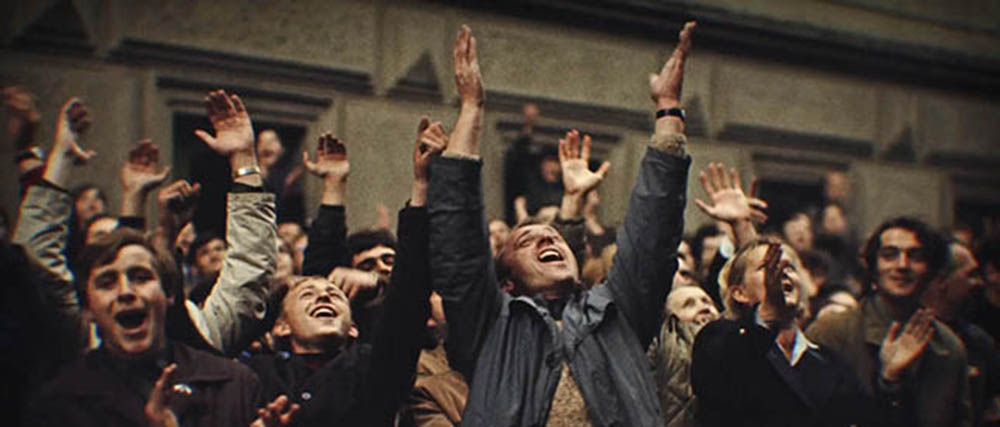
Series producer: Thomas Burns (seasons 2-4)
non-fiction episodic
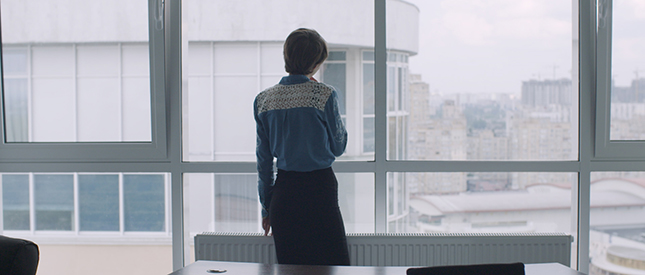
Produced by Thomas Burns
Directed by Julia Kochetova-Nabozhniak & Ross Domoney
documentary
A Ukrainian Love Story follows a young man’s transformation from leading a violent, ultra-right movement in Kyiv into a life as a loving father and partner. It is also a snapshot of a country at war.
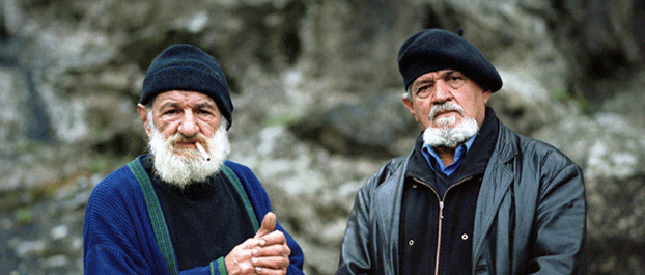
Photographed by Thomas Burns
16 color prints, 100x120cm
In 2009 I was awarded a US Fulbright Scholarship to produce a collection of large-scale portraits exploring the post-Soviet condition in the South Caucasus. It also gave me the opportunity to teach photography and cinematography to university students and industry professionals in the region. It was a life-changing experience, a rare professional gift that allowed me to focus on an aspect of photography that I consider central to my practice: portraiture.
Georgia, Azerbaijan, and Armenia have shared in a common struggle to reinvent themselves in the wake of the Soviet Union’s collapse. At the heart of this rebirth lies the dimming legacy of their shared Soviet experience, viewed most often by Western audiences through familiar iconographies of decline: faded statues, rusted infrastructure, and war.
Such treatments of the region are at best inadequate. These photographs are an attempt to move beyond this sensational paradigm and explore the underlying issue of memory in a more intimate context. As a collection they eschew the romantic and the picturesque, focusing instead on average citizens from the anonymous ranks of the lower and middle classes. Their goal is to present the region not from a narrative perspective, but rather a meditative one, as they invite the viewer to study the quiet state so often masked by the flow of our daily lives. Portraiture, whose function has always been infused with a sense of time and loss, offers a specific kind of access to this state.
Together these photographs seek to create an environment—simple, silent, and unhurried—designed to offer viewers a reprieve: an opportunity to explore the the post-Soviet condition though a patient study of human form.
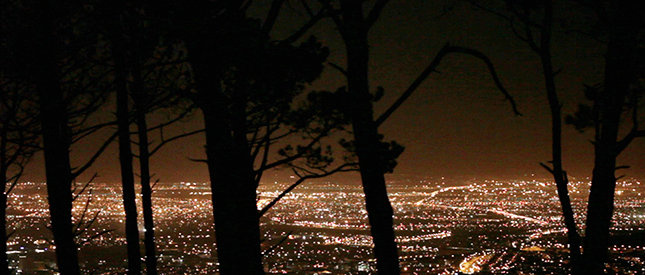
Directed by Thomas Burns
documentary
I was commissioned by the organization Design Can Do to make a short film about their design hackathon in Cape Town, South Africa. The event brought together designers from many different fields to tackle the problem of what to do with an area of central Cape Town that has been plagued for decades by urban blight, a legacy of the country's apartheid past. You can check out a longer version of the film here.
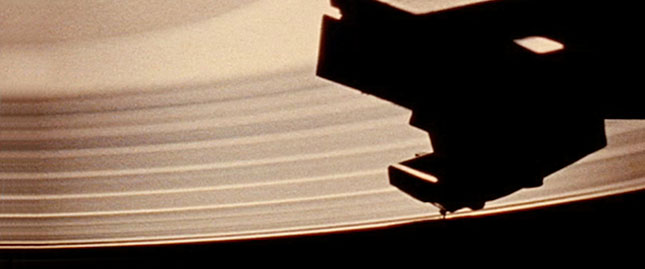
Directed by Thomas Burns
documentary
Written as a love letter to vinyl records, this film was the third project I shot while in film school at Stanford. We filmed at one of the few remaining vinyl pressing plants in California, located in Long Beach. It warms my heart to see that vinyl is making a resurgence.
Winner, 2002 Student Academy Award
Ann Arbor Film Festival
Full Frame Film Festival
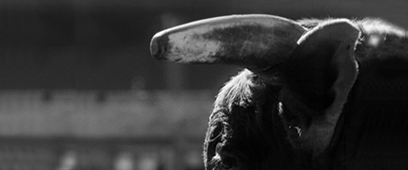
Directed by Thomas Burns
documentary
This was the first film I ever made, in autumn of the year 2000. I filmed it on 16mm reversal film using a wind-up Bolex camera and edited the camera-original celluloid on a flatbed editing table. The filming and editing process was very tactile, and this created a much closer relationship to the film, one that I believe is impossible to recreate with digital tools. I feel very fortunate to have had this experience. I often wonder what this film would look like if I made it again today.
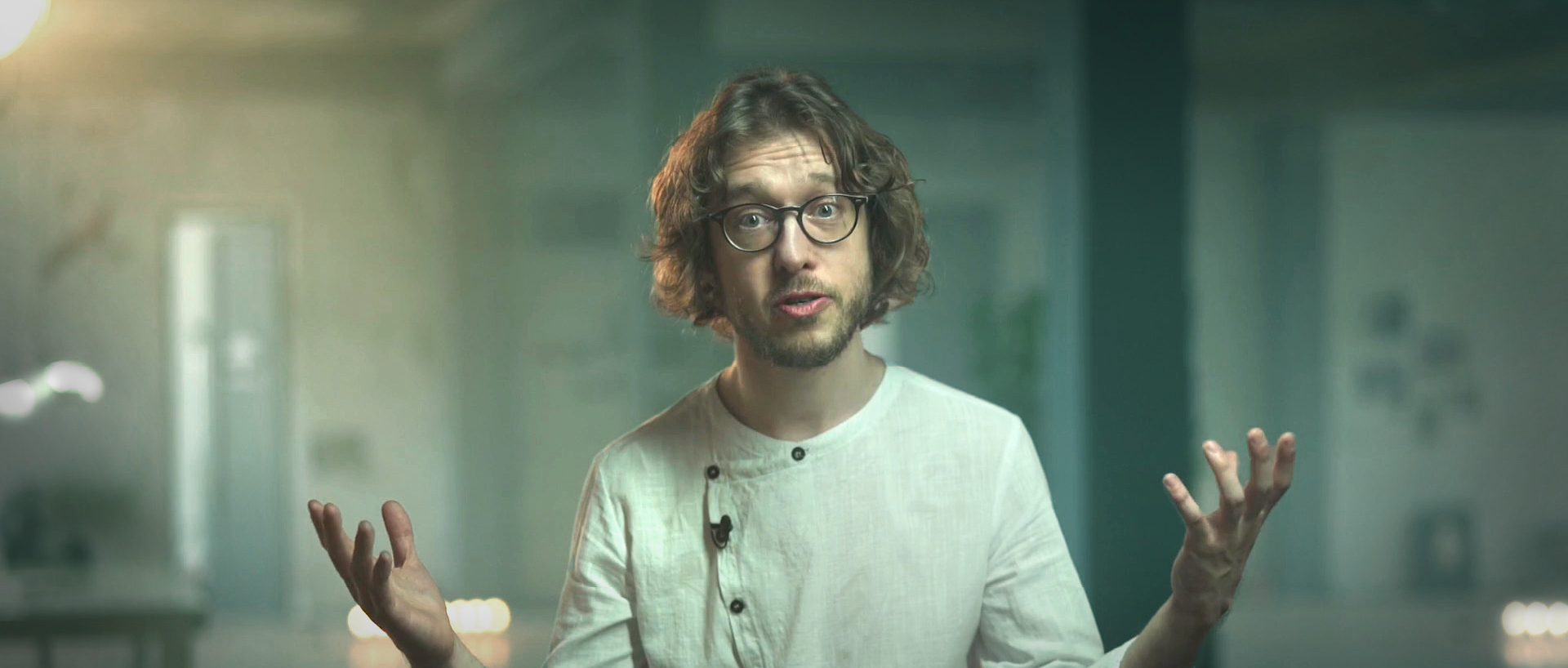
Directed, written, and edited by Thomas Burns
Hosted by Andrei Kovalev
educational
Andrei Kovalev and I were commissioned to produce this fifteen-episode online course for the Spéos International School of Photography in Paris. Our goal was to build a course unlike any of the many other photography courses we had seen, something that was focused first and foremost on taking the students on a journey, rather than simply teaching them techniques. The project involved several months of writing and research, fifteen shoot days, and 50-60 days of post-production.
The video above is the twelth episode in the course. You can check out the full course on the official Speos course page.
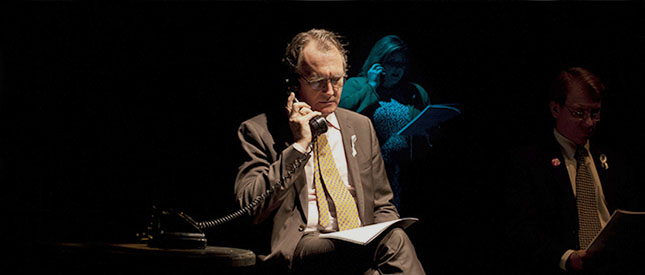
I was asked by the European Union delegation in Georgia to direct a staging of "Seven" as part of fourteen days of awareness of gender-based violence. The play features the actual testimony of seven women whose lives were touched by violence. What made this project so interesting was that we asked seven EU and US ambassadors to read these testimonies in front of a live audience. The play was performed at the Marjanishvili Theater in Tbilisi to a packed house.
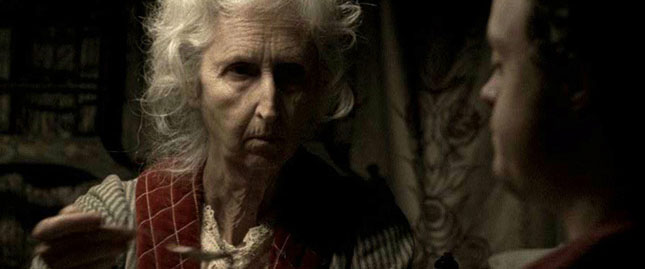
The above clip is a short excerpt from the full film.
Director: Andrea Pallaoro
Director of Photography: Thomas Burns
narrative
Best Cinematography, European Independent Film Festival
Best Short, Solento International Film Festival
Audience Award, Bolzano Film Festival
Outstanding Film, Ismaila International Film Festival
Sundance Film Festival
Los Angeles International Film Festival
+60 festivals
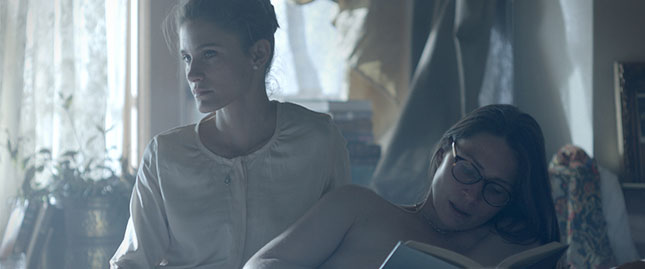
Directed by M. Zyzak & Z. Cotler
Director of photography: Thomas Burns
narrative
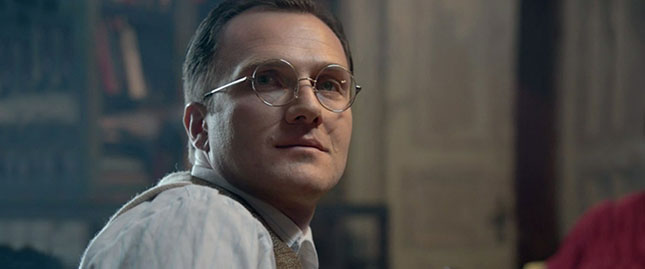
Agency: Windfors
Directed by Nino Gordeladze
Director of Photography: Thomas Burns
advertising
I shot this series of three commercial spots with director Nino Gordeladze and the awesome creative team at Windfors in Tbilisi.
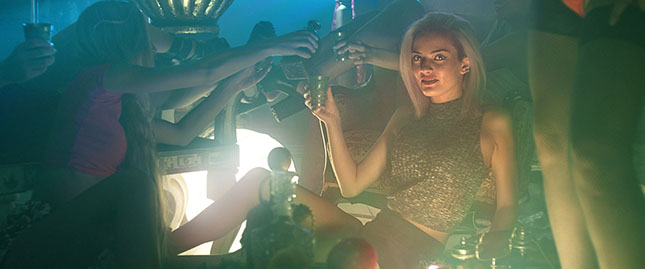
Agency: T-Series
Directed by Ajay Sanjukta
Director of photography: Thomas Burns
music video
I moved from Los Angeles to Tbilisi, Georgia, in 2014, in search of more diversity in the kinds of projects I was shooting. This project was a Bollywood production—my first—and it was so refreshing to work with filmmakers from completely different creative backgrounds. We shot this music video over three days, and for the opening club scene we transformed the lobby of the Tbilisi Opera House. At some point rumors started circulating around town that foreigners were shooting pornography in one of the most historic spaces in Tbilisi, and this caused a huge scandal. Making films for other people can be incredibly challenging work, but even on those days when I questioned my career choices, I still had to concede that there was never, ever a boring day.
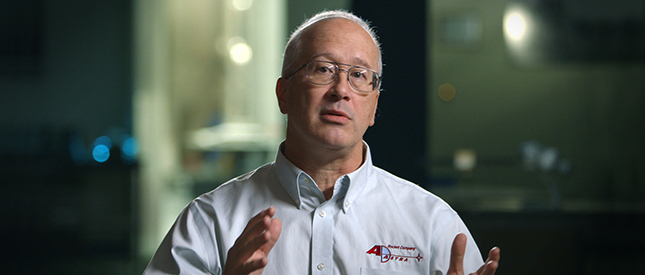
Directed by Charlene Music, for Boundless Media
Director of photography: Thomas Burns
documentary
This was a fascinating project about the development of a revolutionary propulsion system for space travel by the physicist and astronaut Franklin Chang-Díaz. We filmed at his company's facilities in Texas and Costa Rica, and it was inspiring to hear him and and his team talk about the future of humans in space.
